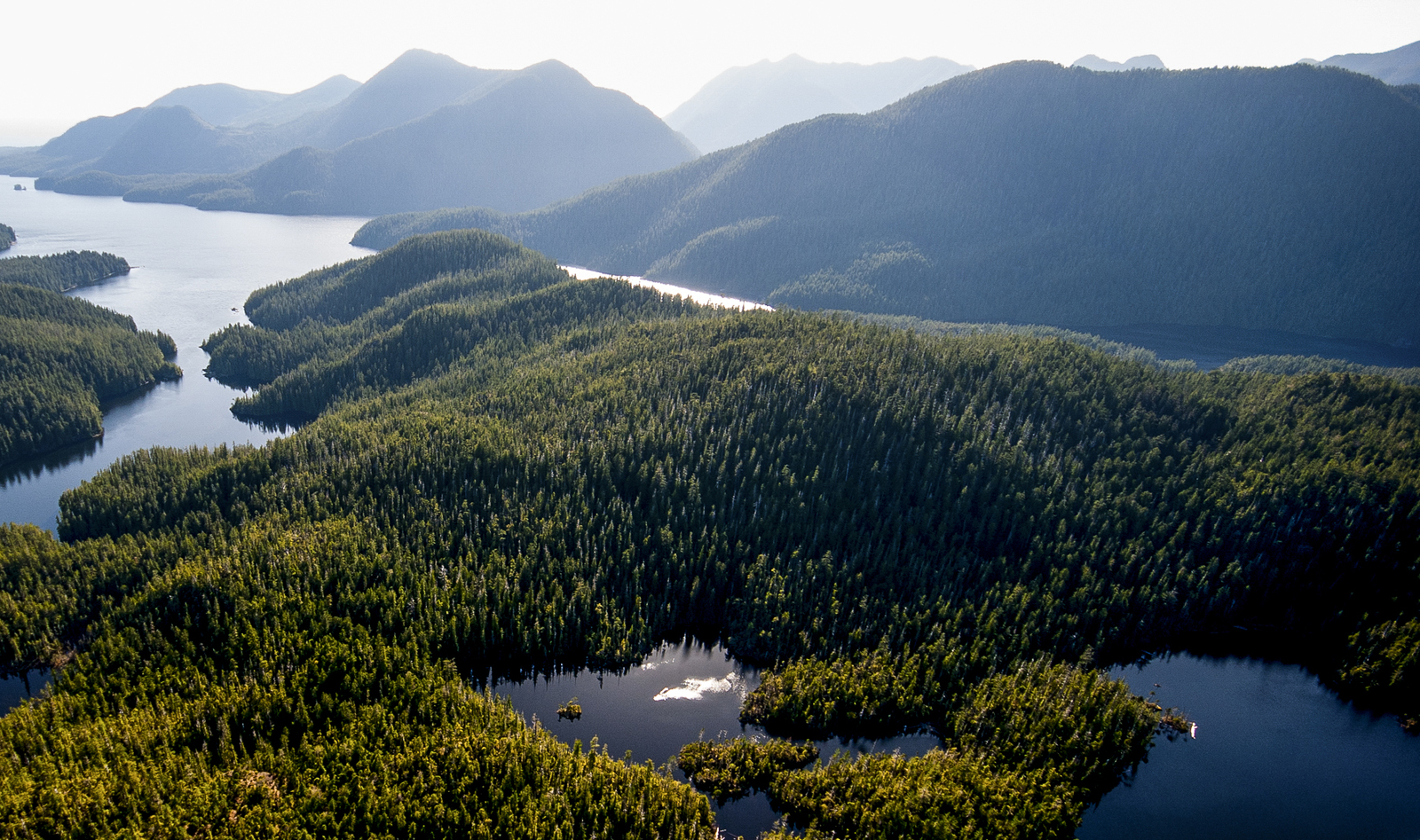Indigenous Guardian programs across Canada are doing some of the most important stewardship work in the country, effecting real, on-the-ground conservation outcomes in places like the Great Bear Rainforest and across the Emerald Edge.
But there is much effort that goes into establishing, funding, and managing these programs. Enter the Indigenous Guardians Toolkit — a new resource launched by The Nature Conservancy to help Guardian programs network, share, grow and learn.
We talked to Claire Hutton, community conservation adviser for TNC Canada, to find out what’s so special about the toolkit and how it’s making a difference for conservation in Canada and the Emerald Edge.
What are Indigenous Guardians programs?
Essentially, these are programs led by Indigenous communities to steward lands and waters in ways that make sense and reflect the priorities and values of the Indigenous people who live there. We like to say that indigenous guardians are the "eyes and ears" of their territories — they are men and women patrolling their territories, implementing plans, monitoring and collecting data, ensuring rules are being followed and acting as ambassadors to educate and inform visitors.
Where did the idea of a toolkit come from?
Every program is as unique as the landscape so each one looks different — but there are common themes and challenges. The goal is to foster peer-to-peer connections so these programs, which are scattered all over Canada, can actually learn from each other. We're hoping to create a space where people can share the nitty gritty of creating and running a Guardian program.
What problems will the toolkit solve?
With this Toolkit, people won't have to sit in their offices alone pulling their hair out. Instead, maybe you go into the toolkit and you start digging around and you find an example of someone who's created a policy, job description, budget or some practical piece of information that's going to help you solve a problem within your own program.
It also gives a sense of how extensive this work is and how comprehensive it is — how Indigenous people play a critical role in managing and stewarding lands and waters across Canada.
What do you hope happens next?
The idea is that the toolkit is not static. The toolkit is a place for people to contribute and document their experience. Over time, it will continue to expand and grow as people come to see it as a place to share what has worked and what hasn't worked. I'd love to see the map on the website continue to get populated and for the toolkit to be a catalyst for supporting Indigenous communities to build and strengthen their on-the-ground stewardship work.


























